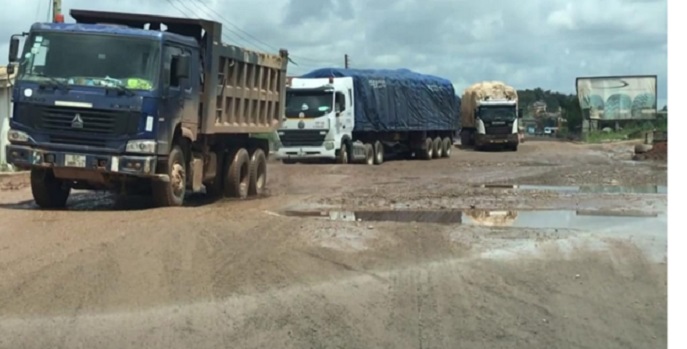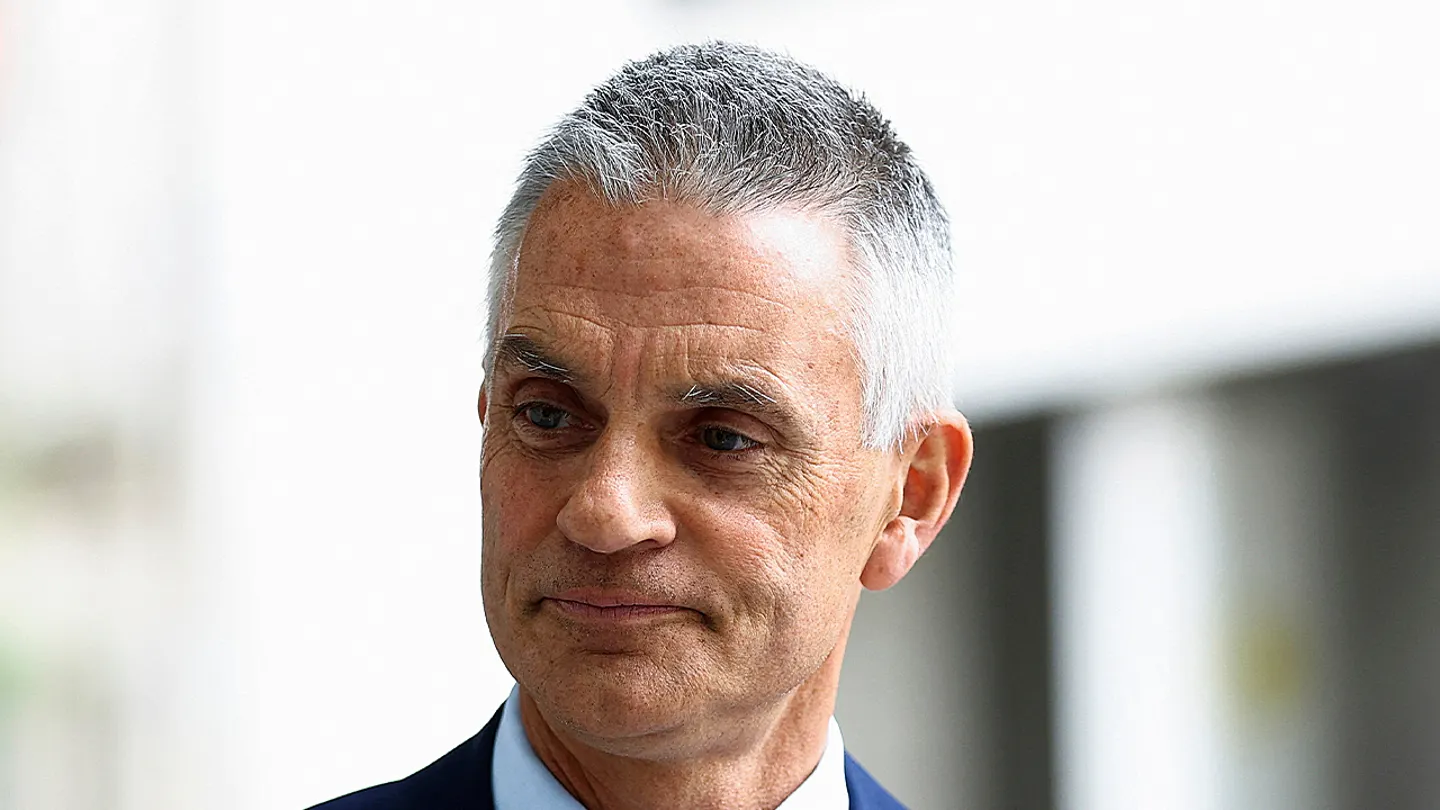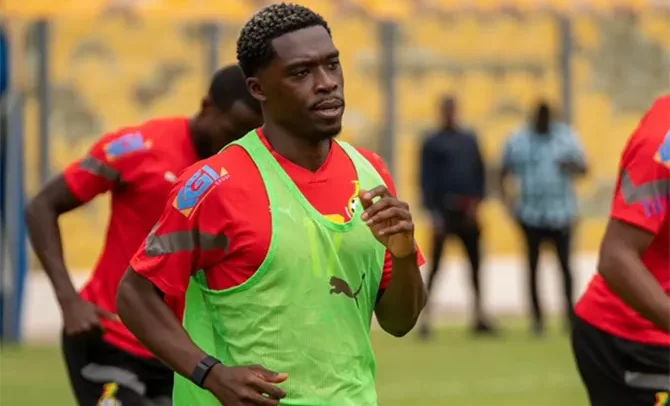
The Aircraft Accident and Incident Investigation and Prevention Bureau (AIB-Ghana) has attributed the August 6, 2025 Ghana Air Force helicopter crash that killed eight people in the Ashanti Region to severe downdraft, poor visibility, and rugged terrain.
Presenting the final report in Accra yesterday, the Head of Investigations at AIB-Ghana, Captain Emmanuel Forjoe, said the crash was “an unfortunate and sudden weather-related accident,” emphasising that lessons drawn from the tragedy would strengthen Ghana’s aviation safety.
The fatal crash involved a Z-9E helicopter, call sign Golf Hotel 631, which was flying from Accra to Obuasi when it went down in the Dampia Forest Reserve, near Brofuyedru, in the Adansi-Koforidua District. All three crew members and five passengers aboard perished.
Following the incident, President John Dramani Mahama ordered the Ministry of Defence to establish an Accident Investigation Board (AIB) to determine the cause and recommend safety improvements.
The board included experts from the Ghana Armed Forces, AIB-Ghana, National Security, the National Intelligence Bureau and the U.S. Air Force.
Veteran Investigator Leads the Probe
Captain Forjoe, a seasoned Aviator with nearly five decades of experience in flight operations and safety investigations, led the inquiry.
Opening his presentation before senior Air Force officers, including Chief of Air Staff Air Vice-Marshal Eric Frempon, he offered condolences to the families of the deceased, calling them “our dearly departed heroes.”
“It is said that an aircraft investigation is taking a mess and converting it into a message,” he noted.
“That is what we have done, in the hope that such tragedies never happen again.”
Sequence of Events
The helicopter departed Accra at 9:12 a.m. under visual flight rules (VFR), relying on ground visibility for navigation. Weather reports that morning showed heavy mist and drizzle across southern Ghana.
In Accra, visibility stood at 5–7 km with low clouds at 1,100 feet, while conditions near Kumasi worsened to 4 km with clouds as low as 600 feet.
As the aircraft approached Obuasi, the weather deteriorated sharply. The pilots were forced to enter instrument meteorological conditions (IMC), flying through clouds without visual reference, and switched to instrument flight rules (IFR).
Moments later, they attempted to climb to clear rising terrain. Radar data indicated a brief ascent before the helicopter suddenly lost altitude and struck the hillside. All onboard died instantly.
According to Captain Forjoe, the helicopter encountered a powerful downdraft, a downward air current capable of exceeding 1,000 feet per minute over steep forested terrain.
“The aircraft experienced a sudden loss of altitude and lift due to the downdraft. This occurred without any change in engine power or control input, confirming the influence of turbulent weather,” he said. “
No Mechanical or Human Error
The investigation found no evidence of mechanical failure, sabotage, or pilot error. The Z-9E helicopter, built in 2012 and inducted into Ghana Air Force service in 2015, was within its approved operational lifespan. It had undergone a 100-hour maintenance inspection before the flight and was certified airworthy.
Both pilots were highly qualified. The captain held an FAA commercial pilot’s license and a postgraduate certificate in Safety and Accident Investigation from Cranfield University in the UK.
The co-pilot was also FAA-certified from the Bristol Academy in the USA. Medical and psychological assessments revealed no health or stress-related issues that could have affected their performance.
However, the report highlighted that the helicopter lacked several modern safety systems—such as terrain awareness and warning systems, terrain mapping, and autopilot features—that could have improved situational awareness in adverse conditions.
“These features would have enhanced safety margins and reduced pilot workload,” the report stated.
Key Safety Recommendations
To enhance flight safety and prevent similar tragedies, the Accident Investigation Board proposed several urgent measures:
Modernise aircraft fleets with advanced avionics, including terrain-warning and autopilot systems.
Establish a national en-route weather and navigation network, particularly for remote and forested areas.
Introduce flight data monitoring and real-time tracking for all Air Force flights.
Invest in simulator-based training programs for recurrent pilot skill development.
Upgrade black box systems to include both audio and video recording capabilities.
Improve operational risk management and oversight mechanisms within the Ghana Air Force.
The post Downdraft, Poor Weather Caused August Military Helicopter Crash appeared first on The Ghanaian Chronicle.
Read Full Story






















Facebook
Twitter
Pinterest
Instagram
Google+
YouTube
LinkedIn
RSS